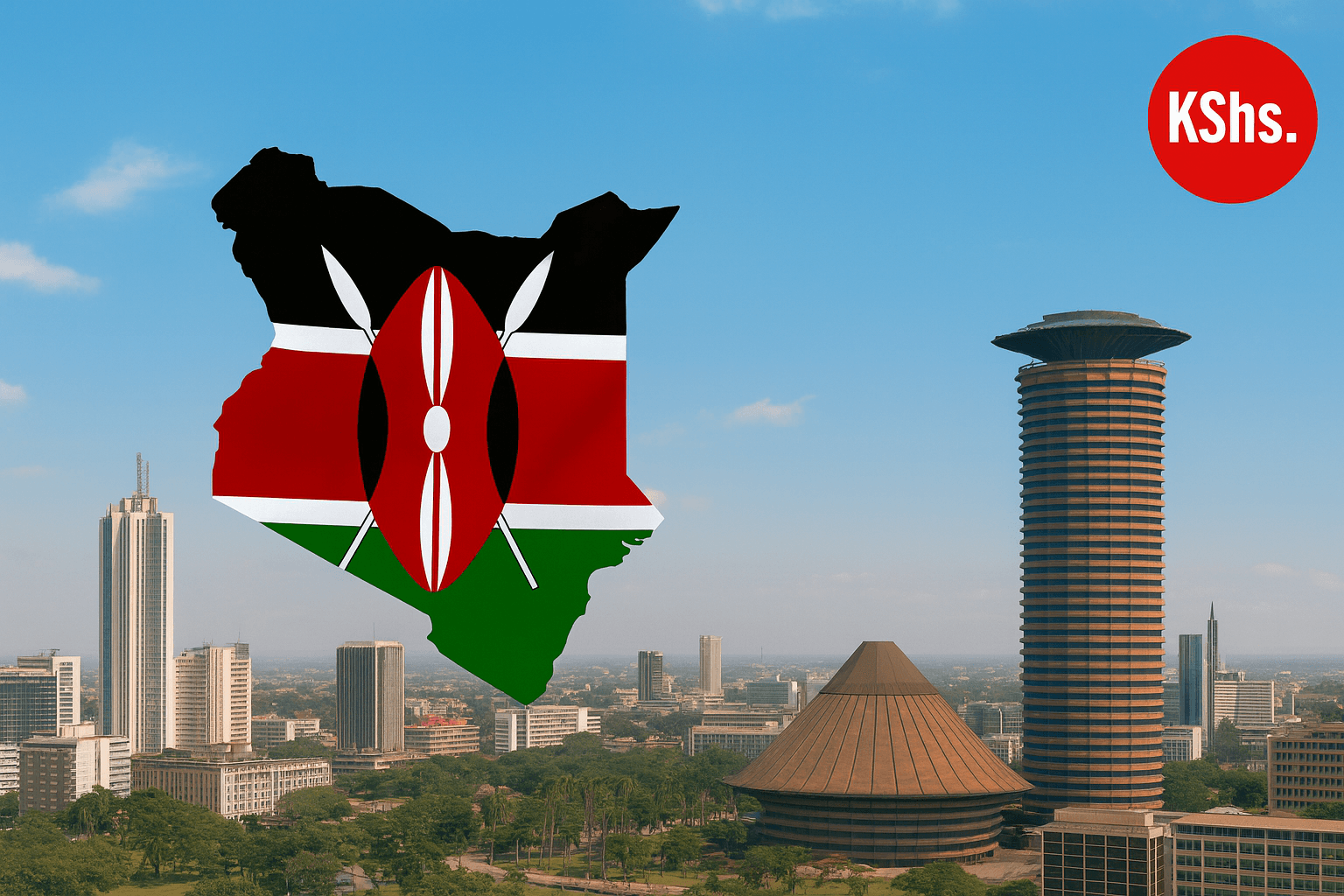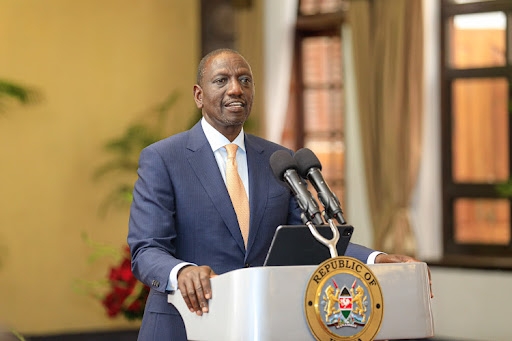
 The Indian House Crow. /KWS
The Indian House Crow. /KWS
The Indian House Crow, a once-coastal nuisance, is now wreaking havoc far beyond the beaches of Mombasa.
Once seen perched on seaside rooftops and scavenging in dustbins, the aggressive invader has pushed inland, posing fresh threats to Kenya’s biodiversity, food security, and even its tourism economy.
At the heart of this growing crisis is a small but destructive bird.
Studies have shown the Indian House Crow preys on the eggs and chicks of native birds, fuelling a worrying decline in local bird populations.
The problem has grown so serious that communities across urban and rural Kenya are starting to feel the impact.
Their environment, livelihoods, and their health are now at a far greater risk from this scavenger.
So real is the threat that on Friday, the Kenya Wildlife Service (KWS) convened a high-level forum to chart a new course.
Meeting at Mombasa Beach Hotel, the KWS brought together representatives from government, civil society, academia, tourism operators, and community leaders to tackle what is fast becoming a transboundary ecological and socio-economic challenge.
Speaking at the meeting, KWS Director General Erustus Kanga called for a united front against the menace.
“County governments must integrate crow control into waste management and urban planning,” he said.
“Local communities must understand the risks and support ethical interventions. Development partners must view this as a critical biodiversity and One Health issue. Our national institutions must provide legal clarity, policy direction, and continuity.”
 KWS Director General Erustus Kanga speaks at Mombasa Beach Hotel during the high-level forum to chart ethical eradication strategy of the Indian House Crow, July 18, 2025. /KWS
KWS Director General Erustus Kanga speaks at Mombasa Beach Hotel during the high-level forum to chart ethical eradication strategy of the Indian House Crow, July 18, 2025. /KWSFredrick Muchiri, the chief executive of the Pest Control Board, echoed the call for collective action.
With much of the worst infestations concentrated along the Coast, Muchiri stressed the need for partnership and determination.
“As a critical partner, I commit the Pest Control Board’s full support in addressing this menace that has largely affected the coastal region,” he said.
“Let us join efforts to realise our objectives in this assignment.”
It is not only Kenya’s wildlife that is under siege from the small but destructive bird.
Local economies are also suffering. Pauline Nduva, who chairs the Kenya Association of Women in Tourism and represents residents from the South Coast, painted a grim picture of the crows’ impact on livelihoods.
“These crows are a menace to our tourism industry—they snatch food from guests in our restaurants, and their droppings create an unsightly and unhygienic environment,” she explained.
“Along our coastline, hotels and restaurants are struggling to maintain standards because of this nuisance. The hotel industry is a major employer of women, and if these crows continue to multiply unchecked, up to 60 per cent of women working in tourism stand to lose their livelihoods.”
 Attendees follow the proceedings during the high-level forum at the Mombasa Beach Hotel to chart an ethical eradication strategy for the Indian House Crow, July 18, 2025. /KWS
Attendees follow the proceedings during the high-level forum at the Mombasa Beach Hotel to chart an ethical eradication strategy for the Indian House Crow, July 18, 2025. /KWSWith the stakes so high, the forum took on added significance.
Senior officials, including county commissioners from Tana River and coastal regions, joined conservation leaders and community representatives in brainstorming lasting solutions.
In his closing remarks, Kanga outlined an ambitious roadmap: A national crow control strategy will be anchored in science, ethics, and accountability, offering a framework that respects both animal welfare and environmental needs.
There are also plans for a regional approach to prevent the crows from recolonising cleared areas, alongside calls for sustainable funding to ensure progress is monitored correctly and maintained.
The invasive Indian House Crow has been left to multiply for too long.
But if the resolve shown during the consultative meeting in Mombasa is anything to go by, Kenya may finally be ready to turn the tide on this ecological threat.

















